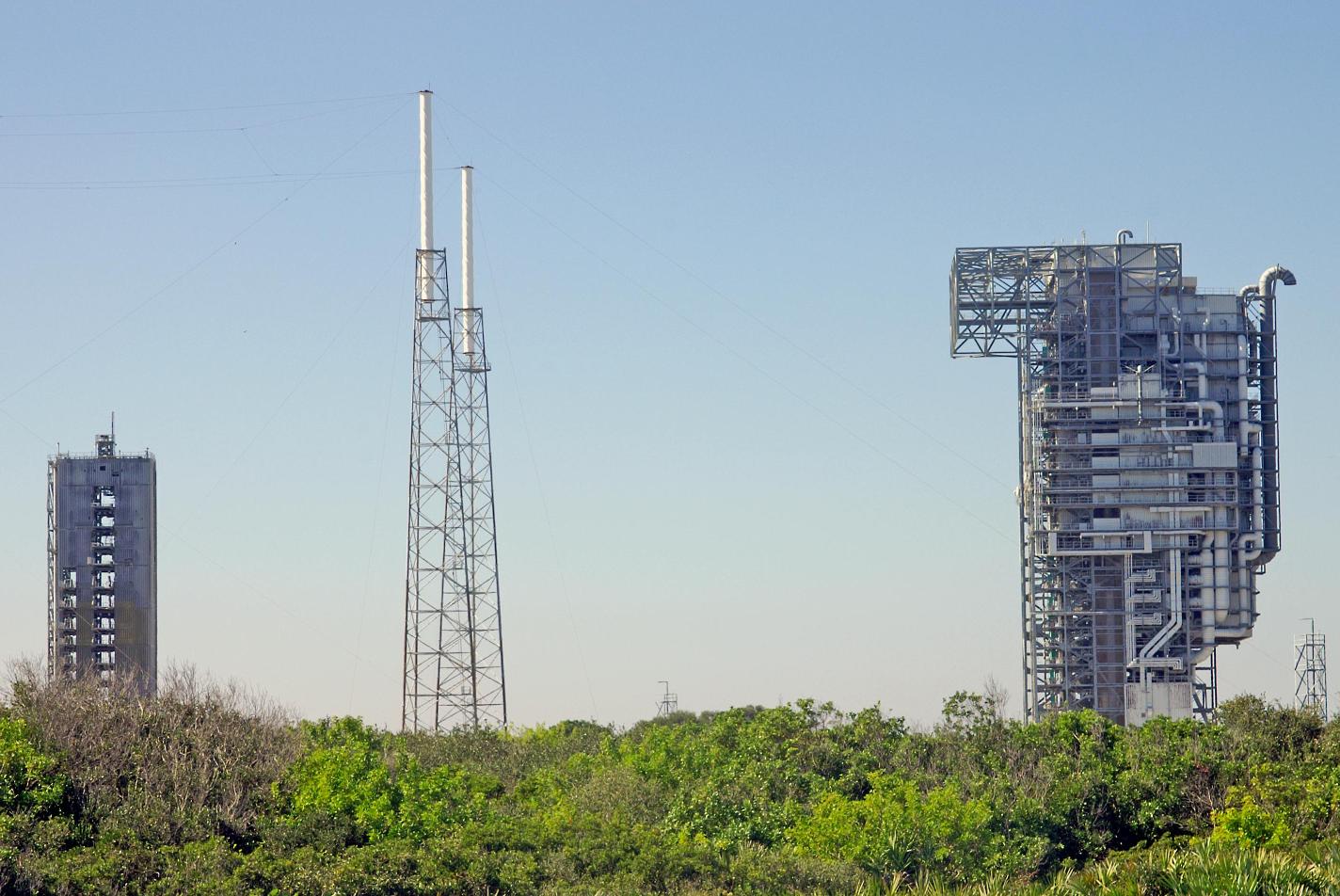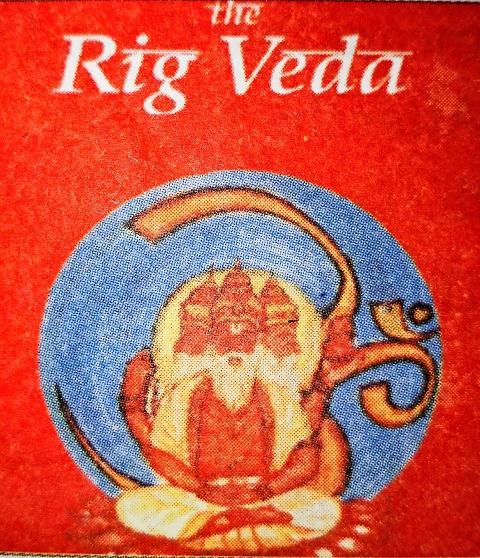
Timelines 10
Man and his Senses 10
Man and his Inventions 10
Geography 10
Fauna 10
Timelines 10
Man and his Senses 10
Man and his Inventions 10
Geography 10
Fauna 10

By the time modern telescopes began to give back images of distant galaxies, human cultures had already rehearsed answers to the same enduring question — where do we come from? That question has two complementary approaches. One is the imaginative approach of myth and scripture: In Indian Philosophy, the Rigveda, the Nasadiya Sūkta questions whether even the origin of all beings can be known by any mortal. Hindu, Buddhist and Jain cosmologies describe worlds that perish and recur around vast cycles whose dimensions stagger the modern mind. The other is the empirical approach of astronomy and geology, which counts galaxies, and reconstructs a timeline that links a hot, dense early state of the cosmos, to planets and, at a much later stage to life on earth. Placed side by side, these two strands: of religion, faith and philosophy, and the scientific timeline on the other side, show how cultures across time have tried to make sense of beginnings and evolution of our universe.
Modern science approaches the question on an immense scale. Contemporary cosmology places the observable universe’s age at roughly 13.7–13.8 billion years; starting from that first expansion, which led to cooling and condensation, that seeded atoms, stars and galaxies, and, eventually, the chemical complexity needed for life. Space explorers and planetary scientists then turn their attention inward to our planet: the formation of the Earth, the slow chemical formation of the oceans and the long evolution, which after billions of years, culminated in the human lineage. The practical reasons for this inquiry are many (knowledge, technology, survival), and scholars of space insist that this human enterprise and curiosity has had additional benefits: from materials science to satellite-enabled mapping; from understanding planetary habitability to preparing for planetary defence.
If science measures in billions, ancient Indian cosmologies measure in cycles that are infact qualitatively as vast. The Vedic hymn known as the Nasadiya Sūkta (10.129 of the Ṛgveda) suspends itself between affirmation and doubt: “Then even nothingness did not exist, nor existence … That one, out of which the creation came, may hold the reins or not — Perceiving all from beyond, That one alone knows the beginning or may not know too.” This philosophical caution sits beside grand time-frames in later Purāṇic literature: of days of Brahmā, manvantaras, and yuga-cycles that run into millions and billions of years in scale, figures that sometimes echo the vast scales later estimated by scientific cosmology and geology. Buddhist and Jain texts too imagine concentric and oscillating worlds: creation and dissolution not as a single linear event but as recurring movements in a cosmos without simple beginning or end. These religious perspectives produce a different kind of explanation, one that binds cosmology to philosophy, morality, ritual and social systems rather than to telescopic measurement.

Comparisons are inevitable and useful. Where Biblical Genesis offers a linear creation narrative that culminates in human stewardship, Indic cycles emphasise recurrence. Science, for its part, offers timing and mechanism. The convergence of myth and science is not uniform, however. Where modern cosmology supplies a number (the approximate age of the universe) and mechanisms (inflation, nucleosynthesis, gravitational collapse), myth gives a framework for meaning, a vocabulary for human limits against cosmic vastness. The value of comparing them is not to collapse one into the other but to see how different communities, priests, astronomers, poets and philosophers, have developed complementary strategies for articulating origins.
The Czech lands, too, have a place in the modern story of origins: not as a source of cosmic myths but as a site of observation and technological curiosity. The Ondřejov Observatory, founded in 1898 and today run by the Astronomical Institute of the Czech Academy of Sciences, has long been the main Czech observatory; its two-metre telescope (installed in 1967) and its record of asteroid discoveries testify to a national engagement with empirical cosmology that complements the region’s literary and religious traditions. The Czech scientific tradition, observatories, research institutes and university laboratories, has kept local culture in conversation with global cosmology, and in recent years those conversations have taken a new turn: computation and artificial intelligence are being added to the tools for reading origin-stories.

That computational turn is now tangible. NASA, for example, has long used machine learning to sift vast image archives, to predict solar events and to autonomously guide rovers, tasks that would be unwieldy for human analysts alone. In missions from Earth observation to deep-space surveys, AI acts as an amplifier: it identifies patterns, flags anomalies, and reduces the labor of trawling petabytes for rare signatures that might tell us about early galaxies, star formation or planetary surfaces. These capabilities matter precisely because origin-studies increasingly rely on large, noisy datasets: the faint light of a distant galaxy, or the subtle spectroscopic trace of a planet’s atmosphere, are easier to find when algorithms can triage and classify at scale.
It is in this technical register that recent Indo - Czech collaboration points back to the humanistic themes of cosmology. In April 2025 the Czech Institute of Informatics, Robotics and Cybernetics (CIIRC) marked the inauguration of a Marík Institute of Artificial Intelligence at NIMS University in Jaipur, a symbolic and practical opening for Czech and Indian R&D partnerships in AI. Such collaborations exemplify a small but significant continuity: the poetic and philosophical exchange that once carried Tagore’s ideas into Prague now finds an echo in laboratories and classrooms where scholars from both countries build models that help read the universe. AI does not supplant cosmology’s larger metaphysical questions, but it does sharpen instruments for pursuing some of them.
Finally, there is a humane and pedagogical lesson in bringing these threads together. Myths and scriptures furnish human communities with a sense of proportion, of smallness before the abyss or of recurrent consolation in cyclical time. Science offers scale and causal narrative. Computation and telescopes offer new means to test, refine and sometimes surprise both. To hold these together is to keep origin stories alive in two senses: alive as cultural memory, and alive as an ongoing investigatory project. For readers in India or in the Czech Republic, whether they come to the question from a text of the Ṛgveda or from the dome of an observatory, the most humane answer may be a composite one: beginnings are both a matter of material chronology and of collective meaning, and the best stewardship of either requires curiosity, humility and the willingness to listen across perspectives.
Main Image: Sculpture in Ondřejov in Prague-East District
Sources:
https://tinyurl.com/29blh9pr
https://tinyurl.com/2cvbojeg
https://tinyurl.com/2bby3gqj
https://tinyurl.com/2c3dzpu7
https://tinyurl.com/225yno2u
https://tinyurl.com/2334cdz2
https://tinyurl.com/23p55slw
https://tinyurl.com/2ycmkfc5